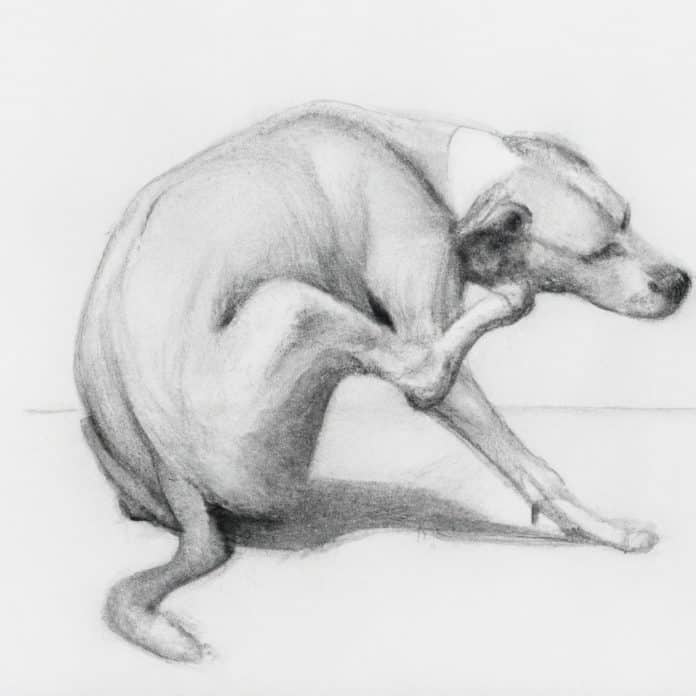Dear VetBabble: How Can I Tell if My Dog is Having an Allergic Reaction?
One of our concerned pet parents asks: “I’ve noticed some swelling in my dog’s neck and legs. I think my pet may have been stung or bitten by something, or might be having an allergic reaction. What signs should I look for and when should I contact my vet?”
If you find yourself similarly questioning if your furry companion may be experiencing an allergic reaction, then this article is perfect for you. Let’s break down this important canine health issue into three sections: recognizing allergic reactions, potential causes, and what steps to take if your dog is indeed experiencing an allergic reaction.
Recognizing Allergic Reactions in Dogs
Having an understanding of what an allergic reaction looks like in dogs is crucial for their safety. This comprehensive guide provides an in-depth understanding of allergic reactions in dogs, how they happen, and how to identify them. Just like with humans, allergic reactions in dogs can manifest in various ways, but a few signs to look out for include:
- Swelling in parts of the body like the face, neck, or legs
- Excessive scratching or gnawing at certain parts of their body
- Vomiting or diarrhea
- Difficulty breathing
Potential Causes of Dog Allergies
Dogs, like us, can be allergic to a wide variety of things. Their allergies can be triggered by substances found both indoors and outdoors. To better understand what might be causing your dog’s allergic reaction, check out this informative piece on dog allergies. Common triggers could be:
- Certain foods
- Insect stings or bites
- Various plants or pollens
- Dust mites or molds
- Certain fabrics or cleaning products
When to Worry and What to Do
If your dog shows any signs of an allergic reaction, it’s always best to err on the side of caution and seek veterinary attention immediately – especially if your dog begins to vomit. Vomiting could be a sign of a serious allergic response as explained in this expert article on vomiting in dogs.
Do look out for lumps and bumps too. If these are associated with an allergic reaction they should decrease after a couple of hours. However, if they persist or your pet seems worried by them, these insights on when to be concerned about lumps and bumps on your pet could be just what you need.
As pet parents, our fur babies’ well-being is of utmost importance. Knowing when to worry and what to do in situations like these can potentially save their lives. You know your dog better than anyone, and any unusual behavior is your cue to assess the situation and seek help if needed.
Remember, if in doubt, don’t hesitate to contact your vet.









